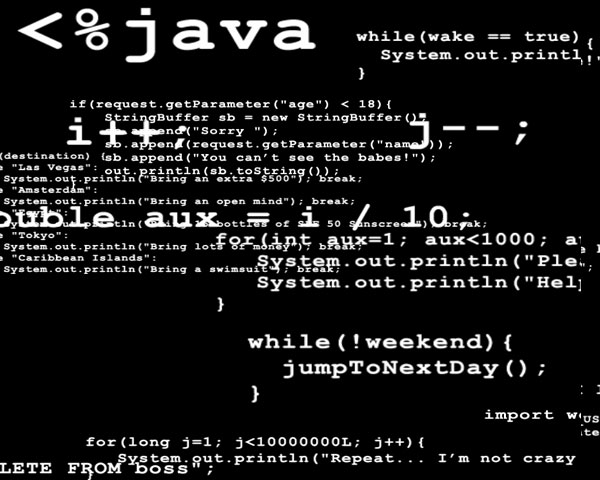Selasa, 30 September 2008
How Java Relates to C and C++
many programmers are familiar with the C/C++ syntax. This makes it easy for a C/C++ programmer to learn Java and, conversely, for a Java programmer to learn C/C++.
Second, Java’s designers did not “reinvent the wheel.” Instead, they further refined an
already highly successful programming paradigm. The modern age of programming began with C. It moved to C++, and now to Java. By inheriting and building upon that rich heritage, Java provides a powerful, logically consistent programming environment that takes the best of the past and adds new features required by the online environment. Perhaps most important, because of their similarities, C, C++, and Java define a common, conceptual framework for
the professional programmer. Programmers do not face major rifts when switching from one language to another.
One of the central design philosophies of both C and C++ is that the programmer is in charge! Java also inherits this philosophy. Except for those constraints imposed by the Internet environment, Java gives you, the programmer, full control. If you program well, your program reflect it. If you program poorly, your programs reflect that, too. Put differently, Java is not a language with training wheels. It is a language for professional programmers.
Java has one other attribute in common with C and C++: it was designed, tested, and refined
by real, working programmers. It is a language grounded in the needs and experiences of the people who devised it. There is no better way to produce a top-flight professional programming language.
Because of the similarities between Java and C++, especially their support for objectoriented programming, it is tempting to think of Java as simply the “Internet version of C++.” However, to do so would be a mistake. Java has significant practical and philosophical differences. Although Java was influenced by C++, it is not an enhanced version of C++. For example, it is neither upwardly nor downwardly compatible with C++. Of course, the similarities with C++ are significant, and if you are a C++ programmer, you will feel right at home with Java.
Another point: Java was not designed to replace C++. Java was designed to solve a certain set of problems. C++ was designed to solve a different set of problems. Both will coexist for many years to come.
Sabtu, 20 September 2008
The Origins of Java
Kamis, 18 September 2008
The Second Java Revolution
The Evolution of Java
Rabu, 17 September 2008
What is Java?

Java is the preeminent language of the Internet. Moreover, it is the universal language of Web programmers around the world. To be a professional Web developer today implies proficiency in Java. Therefore, if Internet-based programming is in your future, you have chosen the right language to learn—and, this book will help you learn it.The purpose of this book is to teach you the fundamentals of Java programming. It uses a step-by-step approach complete with numerous examples, self-tests, and projects. It assumes no previous programming experience. The book starts with the basics, such as how to compile and run a Java program. It then discusses every keyword in the Java language. It concludes with some of Java’s most advanced features, such as multithreaded programming, generics, and applets. By the time you finish, you will have a firm grasp of the essentials of Java programming.
just the elements that define the language. Java also includes extensive libraries and tools that
aid in the development of programs. Furthermore, Java provides a sophisticated set of libraries
that handle the browser user interface. To be a top-notch Java programmer implies mastery of
these areas, too. After completing this book, you will have the knowledge to pursue any and all other aspects of Java.